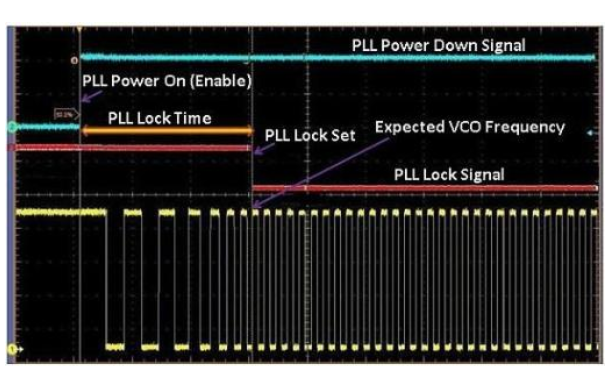Talking about the detection method of PLL lock and the intention of simulation detection
One of the simplest methods is digital lock detection. It works by comparing the frequency-divided input reference signal with the feedback signal from the VCO in the PFD (Phase Frequency Detector). The system checks the pulse width of the phase-detection output over a certain number of clock cycles. If it remains below a specific threshold, it indicates that the PLL is locked. This method is straightforward, with only two possible outcomes: locked or unlocked. However, its simplicity comes at the cost of limited accuracy in complex scenarios.

Another approach is analog lock detection, also known as N-channel drain open-circuit detection. This method involves using an XOR gate to process the lead and lag signals from the PFD. The output is a series of high and low pulses, which must be filtered to obtain a DC level indicating the lock status. Since this is a drain-open logic, a pull-up resistor is required at the output. While this method is more complex to implement—requiring careful selection of filter capacitors and pull-up resistors—it offers advantages in specific applications where digital detection may fall short.
2. Why use analog detection if digital detection is simpler?Digital detection is suitable for many standard applications due to its ease of implementation. However, in certain situations, such as when the reference signal is lost, when driving a highly accurate VCXO, or when dealing with high-frequency phase discrimination, digital detection can become unreliable.
For example, if the reference signal is lost, the digital detection system has no basis for comparison, making it unable to determine whether the PLL is locked or not. As a result, it might fail to report the loss of reference, leading to potential system instability.
In cases where a VCXO is used with very precise frequency control, the frequencies after division from both the reference and the VCO may be extremely close. This makes it difficult for the digital detector to distinguish between a locked and unlocked state, leading to false lock indications.
Additionally, when the phase discrimination frequency is high, the narrow pulses generated by the PFD may not be accurately captured by the detection clock, causing false lock alarms. Analog detection helps overcome these limitations by providing a more stable and reliable way to assess the PLL's lock condition.
Heat-shrinkable tubing is a special heat-shrinkable sleeve made of polyolefin. The outer layer is made of high-quality soft cross-linked polyolefin material and the inner layer of hot melt adhesive composite processing and become, the outer layer of material has the characteristics of insulation, corrosion and abrasion resistance, etc., and the inner layer has the advantages of low melting point, waterproof sealing and high adhesive properties.
Heat-shrink tube,Heat shrinkable tubing,thermal contraction pipe,Shrink tube
Mianyang Dongyao New Material Co. , https://www.mydyxc.com